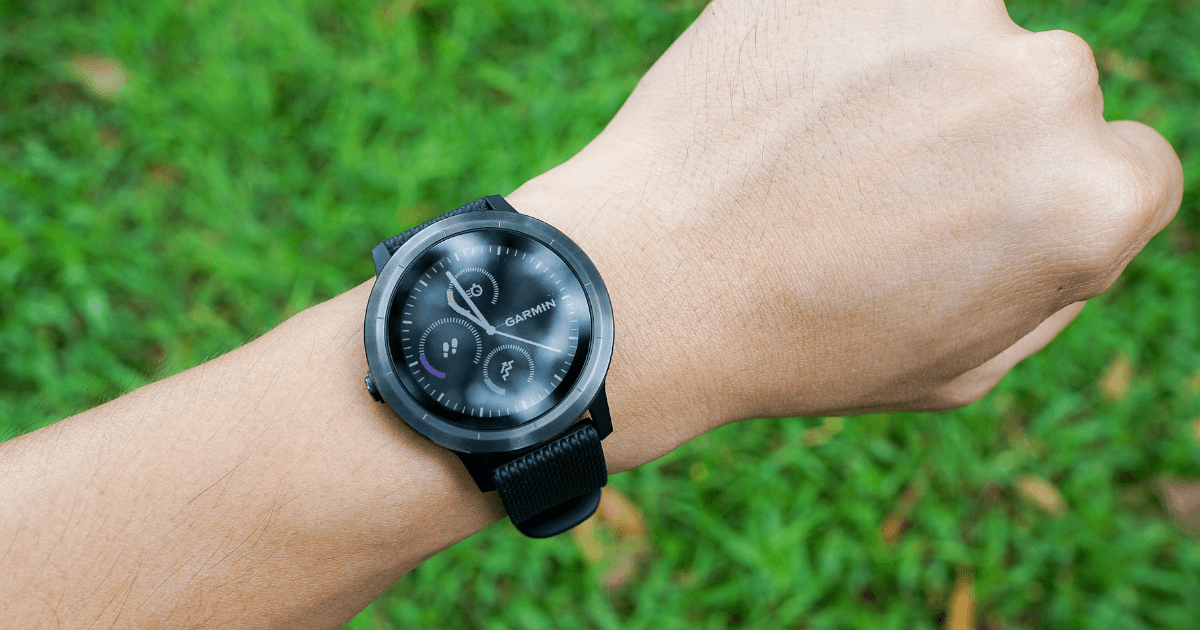Can a smartwatch with cycle training be used as a cycle computer?
Functionality is sufficient for ride logging
The latest smartwatches have the ability to connect to external sensors via Bluetooth or ANT+ as well as GPS, so a smartwatch alone can acquire basic ride data such as speed, cadence, power, and heart rate. These data are the same as those acquired by a cycle computer.
A comparison of the data that can be acquired shows that it is generally the same as that of a cycle computer. (The actual data that can be acquired depends on the product.)
Higher-end models can collect data stand-alone and transfer the data to a smartphone or other device, so a smartwatch is a sufficient substitute for a cycle computer if the purpose is simply to log rides and send the data to Strava or other devices.
Difficult to use as a real-time monitor
On the other hand, if a smartwatch with cycle training is used as a cycle computer, the problem is that it is difficult to monitor ride data in real time.
Since the smartwatch is worn on the wrist, the eye inevitably goes to the arm when checking ride data. With a cycle computer, you can see the information in about 1 or 2 seconds by simply looking down, but with a smartwatch, you have to raise your arm to look at the small screen, which takes time.
This is a small difference, but it is a big difference in terms of usability and safety, because it is very scary not to be able to look ahead for even a few seconds when cruising at high speeds.
Another disadvantage of some smartwatches is that they do not display data unless you press a switch or lift your arm.
In terms of operability, switching between displays is not as easy as it sounds, as it requires a touch display or small buttons to operate.
Advantages of Using a Smartwatch as a Substitute for a Cycle Computer
The biggest advantage of using a smartwatch as a substitute for a cycle computer is the ability to keep the area around the handlebars clear. The area around the handlebars can be cluttered with lights, bells, and other items, so a smartwatch can solve this problem by simply being attached to the wrist.
A smartwatch also has a built-in heart rate sensor, so you can eliminate the heart rate sensor band and thus save two pieces of luggage compared to using a cycle computer.
This is an advantage in situations where you frequently get on and off your bike, such as cycling and pottering. Since you don’t have to take the cycle computer off and on every time you leave your bike, your riding style becomes lighter.
Disadvantages of Using a Smartwatch as a Substitute for a Cycle Computer
The biggest disadvantage of using a smartwatch as a substitute for a cycle computer is the lack of real-time monitoring. This is a fatal disadvantage for people who want to monitor their speed and cadence while riding.
Also, depending on the model of smartwatch, the battery may not last as long as some models. Some products can last only a few hours with a heart rate sensor and GPS.
It is common for cycle computers to have a battery that lasts about 20 hours, especially if you are going on long rides of 100 km or more.
